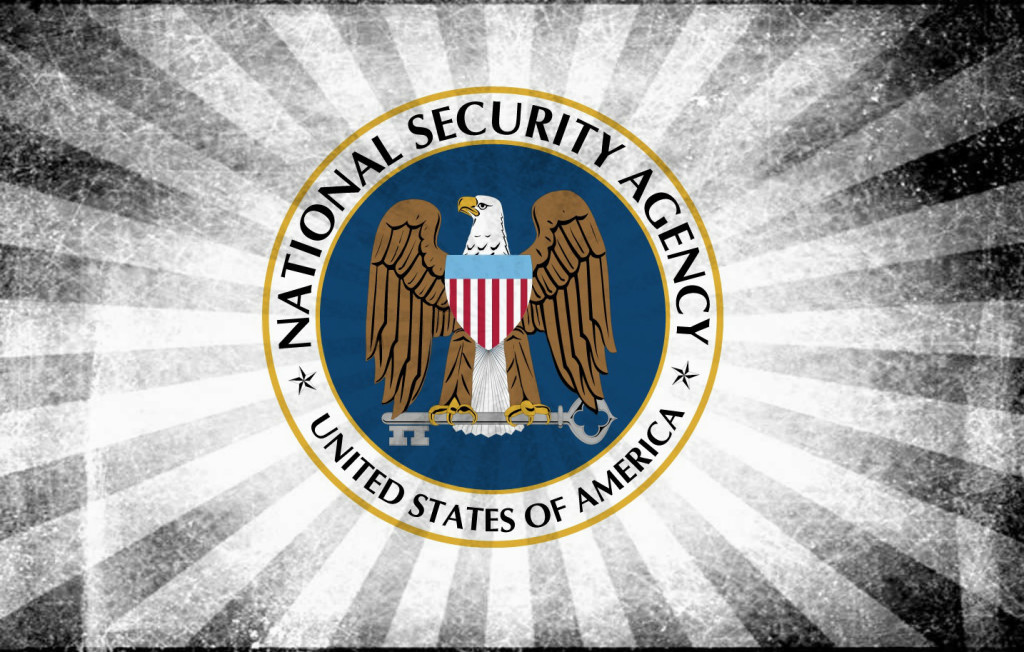

Last weekend, Washington Post journalists Bart Gellman, Julie Tate and Ashkan Soltani wrote that former NSA contractor Edward Snowden’s trove of stolen documents show that “[o]rdinary Internet users, American and non-American alike, far outnumber legally targeted foreigners in the communications intercepted by the National Security Agency from U.S. digital networks.” The story led a burst of commentary on the supposedly staggering scope of the NSA’s surveillance of average citizens.
But there is almost nothing new here.
The fact that most of what the NSA collects is incidental is just that: a fact. And not a groundbreaking one. It is a fact of life for all intelligence disciplines, not just technologically sophisticated outfits like the NSA. Indeed, scholars and intelligence practitioners began grappling with the so-called “signal-to-noise” problem decades ago, long before the modern communications revolution dramatically increased the sheer volume of data that people share. The technical details of signals intelligence are stupefying, but the fundamental problem is not. Most of what intelligence agencies collect is irrelevant, and the basic task of intelligence analysis is to determine the difference. NSA analysts don’t like noise and try to avoid it.
It is also true that minimization procedures exist to try to ensure that U.S. citizens are not inadvertently surveilled. These procedures work pretty well, though they are not perfect. Minimization rules are a lot less stringent for non-U.S. persons, and analysts have more opportunity to try to use peripheral details from incidental collection to better understand the target. As the article points out, there are debates within the intelligence community about whether to store such information, and if so, how much and for how long.
Again, this is all very familiar to those who have followed the NSA story since the Post and the Guardian revealed the Snowden leaks over a year ago. But the article uses vivid language and the power of suggestion to make old news sound new. It doesn’t just report on incidental collection; it ominously warns that “ordinary web users are caught in the net.” We are told that a large population of innocent bystanders is “under scrutiny,” when the article itself suggests they are not. Indeed, it quotes analysts who describe much of the information as useless.
The article also reveals that during its review of over 160,000 communications, the NSA blacked out 65,000 references to Americans via minimization, but some 900 email addresses were visible “that could be strongly linked to U.S. citizens or U.S. residents.” The reporters take this as proof of a genuine threat to civil liberties, even though it’s not clear that these are actually Americans’ email addresses. At best, this is a very small percentage of addresses that “could be strongly linked.” And by casually lumping together U.S. citizens and U.S. residents, the authors obfuscate an important distinction about who may be legitimately targeted for collection.
Unfortunately, as with so much of the reporting on the NSA, the focus here is on what the agency could do, not what it actually does.
One interesting new detail concerns the range of NSA collection activities. The article reports that the Snowden leaks include “fresh revelations about a secret overseas nuclear project, double-dealing by an ostensible ally, a military calamity that befell an unfriendly power, and the identities of aggressive intruders into U.S. computer networks.” This matters because the debate about the NSA has been cast as a choice between counterterrorism and civil liberties, which is a phony debate. The vast majority of NSA activities, like those reported by the Post, are against foreign targets on issues unrelated to terrorism. (Indeed, the majority of the Snowden leaks are unrelated to domestic collection.). All of this complicates the stylized “terrorism versus privacy” narrative that has dominated NSA news for the last year, of course, but the fact that the Post has broadened the story is good news for our understanding of contemporary intelligence.
Highlighting the range of NSA collection activities also matters because it offers an important clue about why President Barack Obama fought so hard for the NSA in the face of opposition from his own party. Critics have persuasively shown that the White House oversold the value of the controversial programs as tools against terrorists, and official statements defending the agency rang hollow. Obama’s reluctance to pursue dramatic intelligence reform in light of this evidence was deeply upsetting to liberals and libertarians alike, who could not figure out why he was stubbornly clinging to an intelligence agency that they thought was out of control. Perhaps the president recognized the value of other information they provided, but which he could not reveal.
Despite the banner headline, there is less to the latest Post article than meets the eye. It does not reveal much that is new about the nature of signals intelligence or the pattern of NSA’s counterterrorism activities over the last several years. But the mention of other targets, however brief, suggests that a more comprehensive account is coming. Then the real debate can begin.
Joshua Rovner is the John Goodwin Tower Distinguished Chair in International Politics and National Security at Southern Methodist University, where he also serves as Director of Studies at the Tower Center for Political Studies. He is the author of Fixing the Facts: National Security and the Politics of Intelligence (Cornell University Press, 2011), which won the ISSS Best Book Award and the Furniss Book Award.
Photo credit: U.S. Government (www.nsa.gov) [Public domain], via Wikimedia Commons
